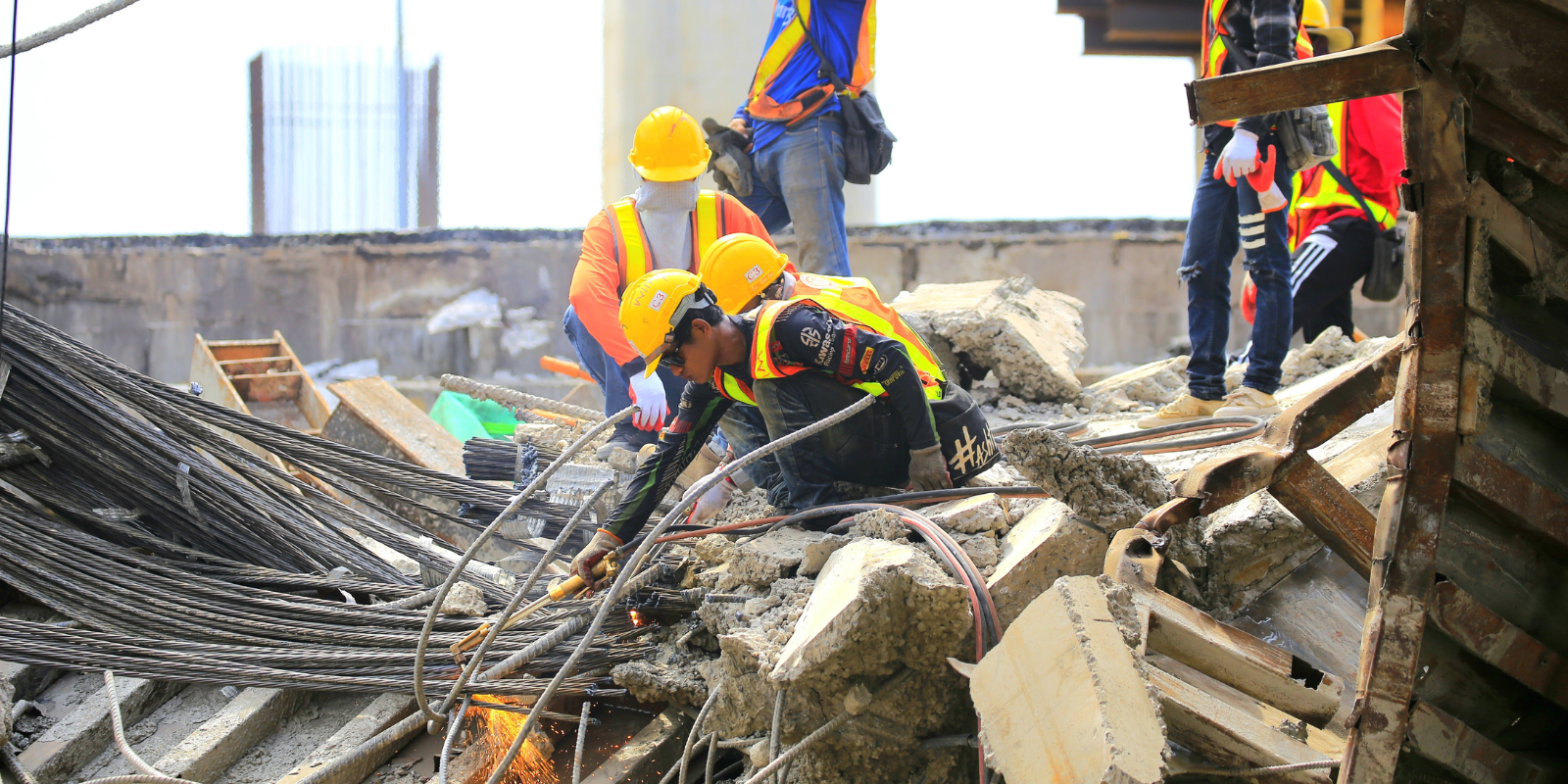Editor's Note June 2024:
Four people died within four days in Colorado waters recently, and another man remains missing, swept away by the Colorado River during a rafting accident in Grand County. The deaths bring 2024 water-related fatalities to at least 12, with the outdoor water recreation season just getting started.
The recent fatalities include:
- The missing man’s 56-year-old rafting partner from the June 1 Colorado River outing in Grand County.
- A man in his 20s, who died on June 2 after going under water and never re-emerging from Chatfield Reservoir in Littleton. His body was later pulled from the water, following a search-and-rescue effort.
- A woman who died after the commercial raft she was in hit a bridge pylon on the Cache la Poudre River west of Fort Collins on May 30.
- A 65-year-old woman who died on May 31 after falling from her bicycle and into Boulder Creek while riding with her husband.
The deadly four-day string of accidents has experts reminding outdoor recreationists to wear life vests and remain aware of weather and surroundings. The following article posted last year offers more life-saving advice from Todd Miner, EdD, senior instructor in the Department of Emergency Medicine:
A 25-year-old tourist visiting Rocky Mountain National Park slipped while viewing a waterfall on July 3, plummeting to the pool below, where forceful hydraulics sucked him in and held him under. Within seconds, a summer vacation turned tragic, his body recovered downstream later that evening.
So far this year, Colorado’s lakes and rivers have taken 24 lives, with three more people still missing after water-related incidents, according to Colorado Parks and Wildlife (CPW), which keeps an unofficial tally of water deaths. People unfamiliar with the power and unpredictability of the state’s rivers are prime victims, but changing water conditions can surprise anyone.
State officials are warning of the dangers with this year’s high snowpack, imploring outdoor enthusiasts from paddleboarders to tubers to educate themselves on safety measures, and to above all – wear a life vest.
Drownings and near drownings: ‘It’s a huge issue’
“In about 90% of water fatalities, the victim is not wearing a personal flotation device, or PFD,” said Todd Miner, EdD, senior instructor in the Department of Emergency Medicine at the University of Colorado School of Medicine. “So that one simple response would make all the difference in the world.”

A young tuber sports all the right gear: a helmet, a life vest, water shoes (not flip-flops, especially if you like them) and a smile.
With today’s large number of paddleboarders on the state’s lakes and reservoirs, many of whom paddle with a life vest on their boards and not on their bodies, it’s also important to note that high-country waters are not always the sites of most drownings, said Miner, education director of the CU Section of Wilderness and Environmental Medicine.
“A huge percentage of drownings surprisingly occur on reservoirs. I think in people’s minds it’s the white-water that’s the danger, and yeah, there’s plenty of danger with white water, but reservoirs can be just as deadly. And with drowning, it only takes a couple of minutes, whether it’s moving water or flat water. Mother nature doesn’t care.”
An estimated five to 10 non-fatal drownings occur to every fatal drowning in the United States each year, Miner said.
“And those non-fatal drownings often have very serious long-term sequalae in terms of brain damage, pulmonary damage, nerve damage. We lose about 4,000 people to drowning in the U.S. every year, and there’s probably 20,000 to 40,000 people who are hospitalized and have permanent disabilities based on their non-fatal drowning. So it’s a huge issue.”
Colorado’s cold water: ‘It’s a huge heat sink’
Along with PFDs, weather awareness and leashes for paddleboarders could lower drowning rates, Miner said.
“People forget that we live in a mountainous state, and those winds can come up suddenly, especially this time of year with thunderstorms, and can blow the paddleboard away from a person really, really quickly. Then, especially if they don’t have a PFD on them, they’ve lost their board, and now they are in a world of hurt.”

Water safety on the river is always important, regardless of the conditions.
Cold water plays a significant role in Colorado drownings, including in Front Range lakes and creeks. “People underestimate how debilitating cold water is. One minute, they are in this beautiful 80-degree air temperature, and the next minute, they are in 50-degree water,” Miner said. “Water robs the body’s heat 25 times faster than air at the same temperature, and so it’s a huge heat sink.”
Called cold-water shock, sudden submersion in cold water causes vasoconstriction and shunting of blood to the major organs in an attempt to prevent hypothermia. “That sudden change in blood pressure can cause cardiac dysrhythmias and initiate panic in a person,” Miner said.
“You’ve only got about 10 minutes of usable muscle effort before the cold is going to start the hypothermic process and people no longer have the ability to swim or to keep their face above the water, especially without a PFD.”
Moreover, a gasp reflex is often an initial response to cold-water submersion, Miner added. “And if the person’s face is underwater when that occurs, there can be an immediate start to the drowning process.”
Enjoy the water but: ‘Treat it seriously’
Understanding the power and unpredictability of rivers is crucial for recreationists, whether they are kayaking in the canyons or tubing in the lower “creeks” that run through cities like Golden, Boulder and Lyons. Boulder Creek has already had two deaths this year.
“When water’s knee high or deeper, the force of the river can easily knock you off your feet, and it can be very difficult to get to shore in that kind of strong current,” Miner said.
Scouting a river that can change overnight for obstructions and other dangers, such as waterfalls, rough rapids and protruding rocks, is crucial for boaters and tubers, especially when currents are strong.
“There can be trees that can knock you out of a boat, hit you in the head or worse; strainers that can trap you underwater; branches that catch you like a net,” Miner said. With the force of a pounding current, escaping such entrapments alone can be impossible, underscoring another critical safety rule: Always go with a buddy.
Did You Know?
|
Whether a buddy or bystander, however, do not immediately jump into water to save someone, Miner said. “Assess the scene and make sure you’re not putting yourself at risk, because if you get in trouble, you are actually doing harm to the person who’s in the drowning process.”
Call 9-1-1 if possible. Extend a rope or a branch from shore to pull a person in rather than jumping in the water. “There’ve been so many sad stories of everyone from family members to volunteer firefighters who have tried to help and end up drowning themselves,” Miner said. Earlier this summer, a Kansas doctor died saving his teenage daughter during a Colorado rafting trip.
An avid canoer and kayaker himself, Miner’s other advice is to enjoy Colorado’s rivers, lakes and streams.
“The last thing I would want to do would be to discourage people from getting out on the water. I think it’s a really healthy recreational activity. It brings people great joy. We just need to do it safely and get people to wear those PFDs. Just think carefully about the power of moving water and the debilitating aspects of cold water and treat it seriously."

.jpg)


